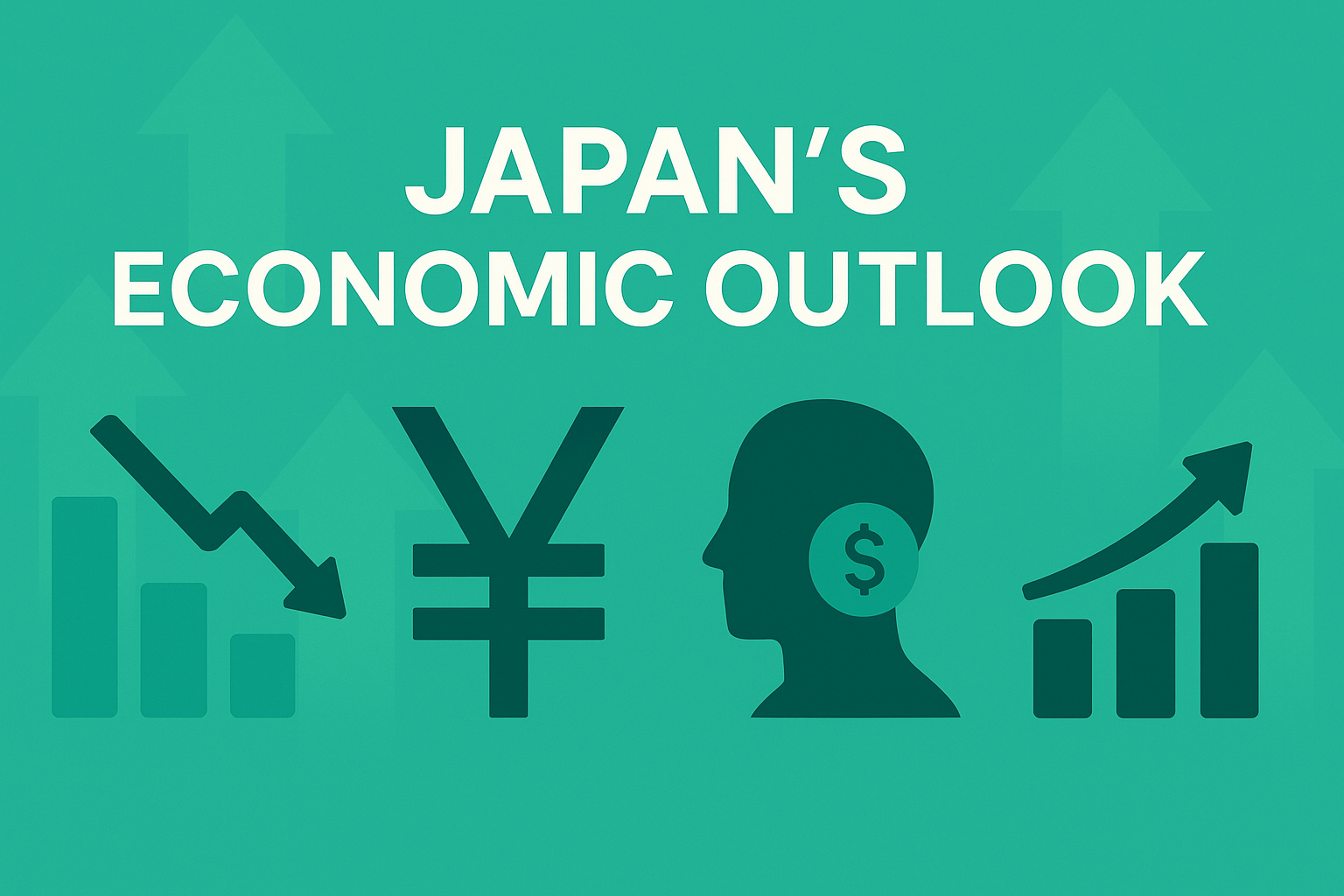Executive Summary
Japan’s economy in the latter half of 2025 will be shaped by three key risks—slowing external demand, exchange rate volatility, and wage dynamics—set against positive factors such as stable inflation and resilient household spending. While U.S. recession concerns are the most immediate downside risk, falling energy costs and rising wages will support consumption, leaving the economy in a “plateau phase” rather than a sharp downturn.
1. External Environment: U.S. Risks on the Rise
- U.S. recession fears: Weakening labor market data and judicial uncertainty over tariff policy increase the likelihood of a slowdown. Japan’s automobile, machinery, and electronics exports will be hit hardest.
- Asia as a buffer: Rising demand in India and ASEAN provides partial relief, but cannot fully offset U.S. weakness.
- China: Structural slowdown continues, limiting upside.
Assessment: External demand is expected to remain a negative contributor.
2. Exchange Rate and Financial Markets
- Yen appreciation risk: With U.S. rate cuts on the horizon, the yen may strengthen, trading in the 130–140/USD range, pressuring exporters.
- Domestic interest rates: The Bank of Japan, having exited YCC, will proceed with gradual normalization, but avoid sharp hikes amid fragile growth. Long-term yields are likely to hover around 1%.
Assessment: Currency movements represent the greatest uncertainty. Yen strength squeezes profits but lowers import costs, supporting households.
3. Inflation and Wages
- CPI trajectory: With energy and import prices stabilizing, core CPI is expected to converge around 1.5–2.0% YoY.
- Wage growth: Nominal wages are forecast to rise 2–3% YoY, driven by tight labor markets and spring wage negotiations.
- Real income: A combination of stable prices and rising wages will improve purchasing power.
Assessment: Inflation is settling, but wages will sustain consumption.
4. Domestic Demand
- Consumption: Household income gains and steady inbound tourism will support demand, though a stronger yen may weigh on visitor spending.
- Capital investment: Export uncertainty restrains corporate capex, but GX (green transition), DX (digitalization), and semiconductor-related investments remain firm.
- Housing: Rising interest rates are a drag on residential investment.
5. Growth Outlook
- Real GDP growth (2025 full year): around +0.8–1.0%.
- Second half (Q3–Q4): modest growth at 0–0.5% annualized.
6. Policy Environment
- Fiscal policy: Defense and GX-related spending will support demand, but fiscal space is limited.
- Monetary policy: The BOJ will maintain an accommodative stance, intervening if yen volatility spikes.
- Trade diplomacy: U.S.-Japan tariff agreements and Asian FTAs will be crucial.
7. Risk Scenarios
- Deep U.S. recession → export collapse, sharp yen appreciation → negative growth.
- Geopolitical shocks (Middle East, Taiwan) → energy price surge → renewed cost-push inflation.
- Stagnating wage growth → weaker consumption → recovery stalls.
Conclusion
Japan’s economy in late 2025 faces headwinds from external demand weakness and yen appreciation, but benefits from stable inflation and wage-driven consumption. The likely outcome is “zero to modest positive growth.” Policy and business strategy should account for uncertainty in both trade and currency, with a dual-scenario approach: one assuming yen appreciation and export slowdown, and the other assuming resilient consumption.


